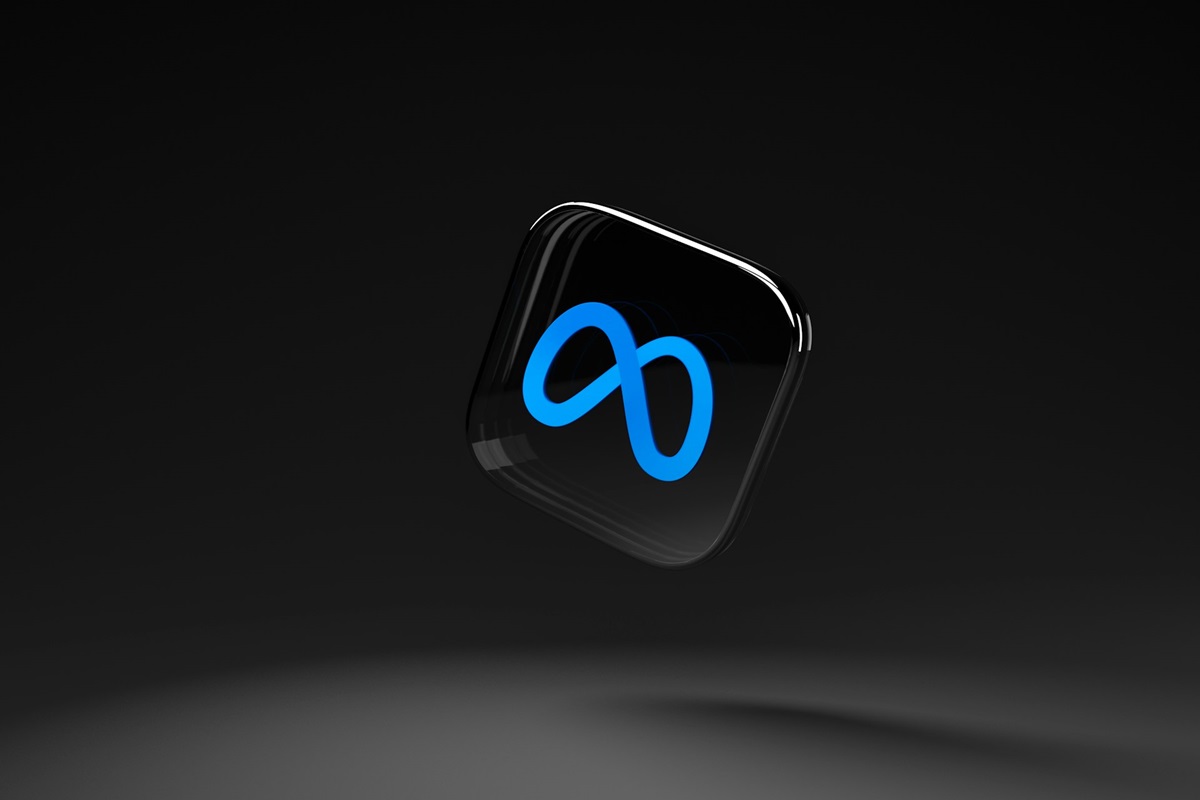Meta Platforms on Tuesday, July 23, presented its biggest artificial intelligence model called Llama 3.

The mentioned virtual product of one of the world’s leading technology giants has advantages such as multilingualism and a high level of overall performance. It is worth noting that most of the Meta artificial intelligence models belong to the category of AI configurations, access to which is provided free of charge. The media notes that Llama 3 in terms of characteristics is not inferior to paid products from OpenAI, the developer of one of the world’s most popular chatbots ChatGPT.
The new artificial intelligence model developed by Meta can conduct conversations with users in eight languages. Llama 3 also has abilities such as writing computer code and solving complex mathematical problems. This product handles the mentioned operations more efficiently and better than previous configurations of artificial intelligence from Meta. The relevant information is contained in a post published on the blog of the Facebook parent company, and a research paper on the debut of Llama 3.
Also, the new artificial intelligence model developed by the technology giant has 405 billion parameters, or variables, that the algorithm takes into account during the process of generating responses to user requests. In terms of these indicators, Llama 3 surpasses the characteristics of the AI configuration released by Meta last year. At the same time, the new model of artificial intelligence is inferior to the products of competitors. For example, OpenAI GPT-4 has one trillion parameters. At the same time, Amazon is investing in a project to develop an artificial intelligence model with two trillion parameters.
Currently, there is increasing competition in the artificial intelligence industry. Technology companies are rushing to demonstrate that their growing portfolios of resource-intensive large language models can provide significant benefits in solving problems in such problematic sectors as advanced reasoning. In this case, the performance indicator of one of its goals has proof that significant amounts of investment in the mentioned models were justified and contributed to generating a significant result.
Meta is also releasing updated versions of its Llama 3 with parameters of 8 billion and 70 billion. For the first time, these products were presented in the spring of the current year. Meta’s head of generative AI, Ahmad Al-Dahle, stated during a conversation with media representatives that all three new artificial intelligence models are multilingual and can handle large user requests through an expanded context window. According to him, these products of the technology giant will improve the process of generating computer code. He also stated that bogger context windows give artificial intelligence models something like a longer memory, which helps to process multi-step requests.
Meta releases its Llama line products mostly free of charge for use by developers. Mark Zuckerberg, Chief Financial Officer of the company, believes that the appropriate approach will pay off in the future in the form of innovative products and greater involvement in social media platforms that are part of the digital ecosystem of the technology giant. Some investors expressed surprise at the costs involved.
Meta will also be able to benefit if developers choose to use its free artificial intelligence models. The implementation of the corresponding scenario will be a factor of damage to the business models of competitors of the technology giant.
It is worth noting that the measurement of progress in the development of artificial intelligence is very relative, ambiguous, and sometimes even conditional. The LLama 3 test results released by Meta indicate that its biggest AI model practically matches and in some cases surpasses the Claude 3.5 Sonnet from Anthropic and GPT-4o from OpenAI, which are recognized as the two most powerful frontier configurations of digital thinking on the market.
On the MATH benchmark of competition-level math word problems, for example, Llama 3 posted a score of 73.8, compared to GPT-4o’s 76.6 and Claude 3.5 Sonnet’s 71.1.
In their paper, Meta researchers also reported on future multimodal versions of the technology giant’s artificial intelligence models. According to preliminary information, these product modifications will be presented before the end of the current year and will complement the image, video, and speech capabilities on top of the core Llama 3. Meta’s researchers claim that multimodal versions of artificial intelligence models during early experiments demonstrated competitiveness regarding Google Gemini 1.5 and Anthropic Claude 3.5 Sonnet.
The technology giant uses its Llama line of machine intelligence configurations to ensure the functioning of the Meta AI chatbot, which operates the company’s apps. Mark Zuckerberg, during a conversation with media representatives, said that currently, the number of the mentioned chatbot’s user base is hundreds of millions of people. He also predicts that by the end of the current year, Meta AI will become the most widespread chatbot in the world. Moreover, Mark Zuckerberg expects other companies to use Llama to train their own artificial intelligence models.
As we have reported earlier, Meta Releases New AI Research Models.









